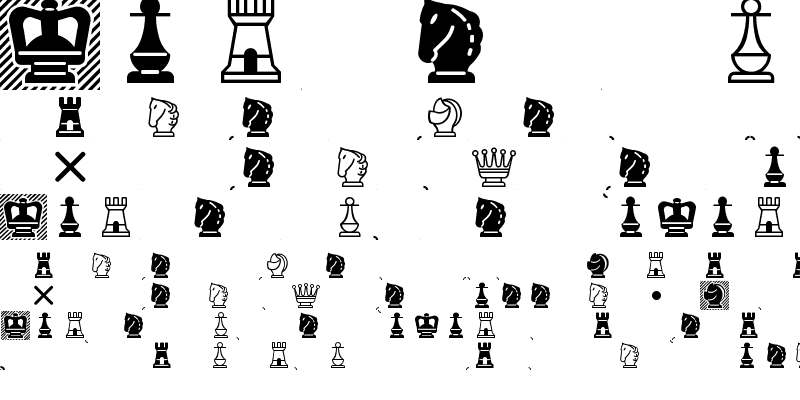

Organization 12: PGN collating sequence 13: PGN software 13.1: The SAN Kit 13.2: pgnRead 13.3: mail2pgn/GIICS 13.4: XBoard 13.5: cupgn 13.6: Zarkov 13.7: Chess Assistant 13.8: BOOKUP 13.9: HIARCS 13.10: Deja Vu 13.11: MV2PGN 13.12: The Hansen utilities (cb2pgn, Specific event 11.4: File name formation for PGN data forĬhronologically ordered games 11.5: Suggested directory tree Specific player 11.3: File name formation for PGN data for a Information 9.5.1: Tag: Time 9.5.2: Tag: UTCTime 9.5.3: Tag: UTCDate 9.6: Time control 9.6.1: Tag: TimeControl 9.7: Alternative starting positions 9.7.1: Tag: SetUp 9.7.2: Tag: FEN 9.8: Game conclusion 9.8.1: Tag: Termination 9.9: Miscellaneous 9.9.1: Tag: Annotator 9.9.2: Tag: Mode 9.9.3: Tag: Pl圜ount 10: Numeric Annotation Glyphs 11: File names and directories 11.1: File name suffix for PGN data 11.2: File name formation for PGN data for a Vendors) 9.4.1: Tag: ECO 9.4.2: Tag: NIC 9.5: Time and date related Specific) 9.3.1: Tag: Opening 9.3.2: Tag: Variation 9.3.3: Tag: SubVariation 9.4: Opening information (third party Markers 9: Supplemental tag names 9.1: Player related information 9.1.1: Tags: WhiteTitle,īlackUSCF 9.1.4: Tags: WhiteNA, BlackNA 9.1.5: Tags: WhiteType,īlackType 9.2: Event related information 9.2.1: Tag: EventDate 9.2.2: Tag: EventSponsor 9.2.3: Tag: Section 9.2.4: Tag: Stage 9.2.5: Tag: Board 9.3: Opening information (locale Notation) 8.2.4: Movetext NAG (Numeric AnnotationĪnnotation Variation) 8.2.6: Game Termination Indications 8.2.3: Movetext SAN (Standard Algebraic Justification 8.2.2: Movetext move number Output 3.2.1: Byte equivalence 3.2.2: Archival storage and the newlineĬharacter 3.2.3: Speed of processing 3.2.4: Reduced export format 4: Lexicographical issues 4.1: Character codes 4.2: Tab characters 4.3: Line lengths 5: Commentary 6: Escape mechanism 7: Tokens 8: Parsing games 8.1: Tag pair section 8.1.1: Seven Tag Roster 8.2: Movetext section 8.2.1: Movetext line Prepared data 3.2: Export format used for program generated

Incompatibility 2.2: Specification goals 2.3: A sample PGN game 3: Formats: import and export 3.1: Import format allows for manually ^ As of Unicode version 15.0 2.Table of Contents Colophon 0: Preface 1: Introduction 2: Chess data representation 2.1: Data interchange
Glyph chess rulebook code#
Official Unicode Consortium code chart (PDF) The basic 12 chess pieces Chess Symbolsįairy chess pieces Chess Symbols Uncommon and fairy chess pieces, in a block named Chess Symbols.Regular chess symbols, the basic six pieces in black and white (as part of Unicode block Miscellaneous Symbols), and.In Unicode, chess symbols are in two groups: This standard points to several new characters being created in this block, including rotated pieces and neutral (neither white nor black) pieces. Unicode version 12.0 has allocated a whole character block at 0x1FA00 for inclusion of extra chess piece representations. In order to display or print these symbols, a device must have one or more fonts with good Unicode support installed, and the document (Web page, word processor document, etc.) it is displaying must use one of these fonts. Produce the symbols using a text editor or word processor rather than a graphics editor.This enables the moves to be read independent of language (the letter abbreviations of pieces in algebraic notation vary from language to language). Use figurine algebraic notation, which replaces the letter that stands for a piece by its symbol, e.g.Instead of using images, one can represent chess pieces by symbols that are defined in the Unicode character set. GNU Chess using Unicode chess characters to display a chess board in the terminal.Ĭhess symbols are part of Unicode.


 0 kommentar(er)
0 kommentar(er)
